In a groundbreaking achievement that reads like science fiction, researchers have successfully flown drones directly into the heart of tornadoes, capturing the first-ever footage from inside these devastating natural phenomena. The historic accomplishment promises to revolutionize our understanding of tornado dynamics and improve weather forecasting capabilities.
The OTUS Project (Observations of Tornadoes by UAV Systems), a non-profit organization founded by Nelson Tucker, Louis Tucker, and Tanner Beard, has achieved what many thought impossible: operating unmanned aerial vehicles in winds exceeding 100 mph within active tornado funnels. Their team has now completed three successful tornado intercepts, marking a new era in severe weather research.

“I did some math to show that it would be possible but there’s always the theory vs the reality, and seeing it actually happen was amazing,” said Tanner Beard, the project’s engineer, speaking to meteorologist Denis Berardelli from WFLA News.
Revolutionary Data Collection Transforms Tornado Research
The implications of this breakthrough extend far beyond spectacular footage. Traditional tornado research has long struggled with the challenge of gathering precise atmospheric data from within these violent storms. Previous methods relied on placing sensors on the ground directly in a tornado’s path – a dangerous and often unsuccessful approach that left researchers with incomplete data sets.
The OTUS Project’s innovative approach eliminates these limitations by mounting sophisticated sensors directly onto custom-built drones. These aerial platforms can collect crucial measurements of moisture, heat, and wind patterns from inside the tornado funnel while maintaining safe distances for human operators.
“A lot of people struggle with intercepts,” Beard explained. “What we are doing with the probes is we put all the sensors on the drone, and we can fly that right into the tornado. It helps keep it safer and get more intercepts.”
The team’s methodology involves flying circular patterns around tornadoes before penetrating the funnel itself. This technique allows researchers to sample both the surrounding environment and the tornado’s interior, providing a comprehensive picture of atmospheric conditions that was previously impossible to obtain.
“We do circles around the tornado,” Beard detailed. “This gives us a sample of the surrounding environment, and then as we circle in, we go through the middle, and we are able to get both a measurement of the environment inside the tornado and video of it.”
Technology and Engineering Excellence Drive Innovation
The success of the OTUS Project relies heavily on cutting-edge engineering and strategic partnerships with leading research institutions. The team collaborates with the National Institute of Standards and Technology (NIST) to develop specialized wind sensors, while also coordinating with the Flexible Array of Radars and Mesonets (FARM) for integrated data collection.
Their commitment to innovation extends to their equipment manufacturing process. The OTUS team 3D-prints their own drones, allowing for maximum flexibility in design while minimizing costs. This approach enables rapid prototyping and customization of aircraft specifically tailored for extreme weather conditions.
The Federal Aviation Administration (FAA) has recognized the project’s importance by accepting and approving special waivers that allow OTUS to conduct operations in and around tornadoes – a testament to both the project’s scientific merit and safety protocols.
In May 2024, OTUS achieved a significant milestone by successfully operating and maneuvering through a multi-vortex tornado while maintaining complete pilot control. This demonstration proved the viability of their small unmanned aircraft systems (sUAS) in extreme weather conditions and paved the way for expanded operations.
Real-World Applications and Future Impact
The data collected by OTUS serves multiple critical purposes beyond pure scientific curiosity. Meteorologists can use the atmospheric measurements to improve computer modeling and hazard prediction systems, potentially leading to more accurate tornado warnings and better preparation strategies for affected communities.
Additionally, the project measures 3D wind loads within tornadoes, information that proves invaluable for improving building construction standards and structural resilience. This research could lead to architectural innovations that better protect life and property in tornado-prone regions.
The OTUS Project is preparing for expanded deployments across the central United States during the spring 2025 tornado season. These operations will likely yield unprecedented amounts of tornado data, accelerating our understanding of these complex weather systems.
The dramatic footage captured by OTUS, provided through SevereStudios – a leader in live severe weather streaming – offers the public an unprecedented view into one of nature’s most powerful forces. SevereStudios has built a reputation for delivering high-quality severe weather content to major networks including ABC, CBS, NBC, Fox, The Weather Channel, CNN, and Discovery.
As the OTUS Project continues to push the boundaries of what’s possible in severe weather research, their work represents a paradigm shift in how scientists study dangerous weather phenomena. By combining innovative engineering, strategic partnerships, and bold execution, they’re not just capturing incredible footage – they’re potentially saving lives through better understanding of these deadly storms.
Photographs and video courtesy of The OTUS Project
Discover more from DroneXL.co
Subscribe to get the latest posts sent to your email.
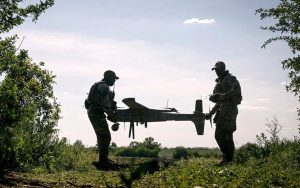

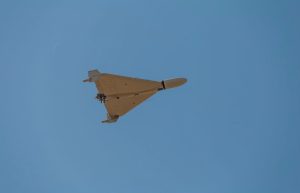
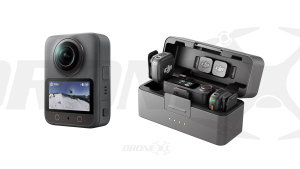
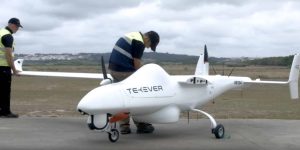
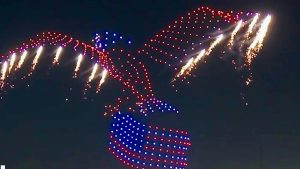



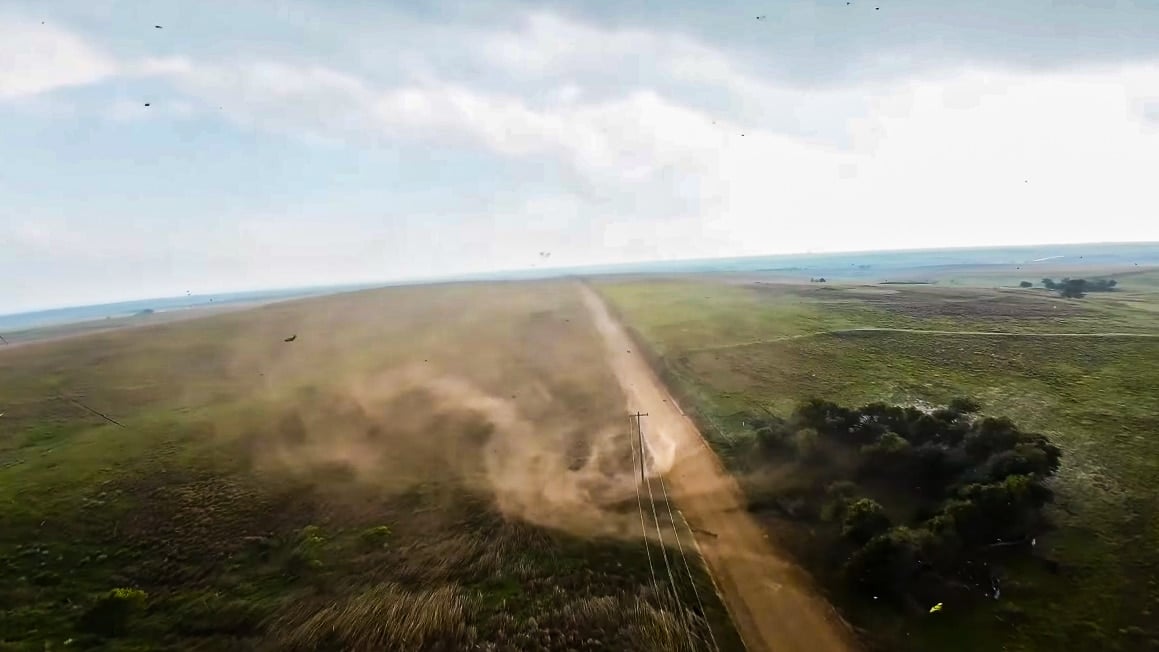

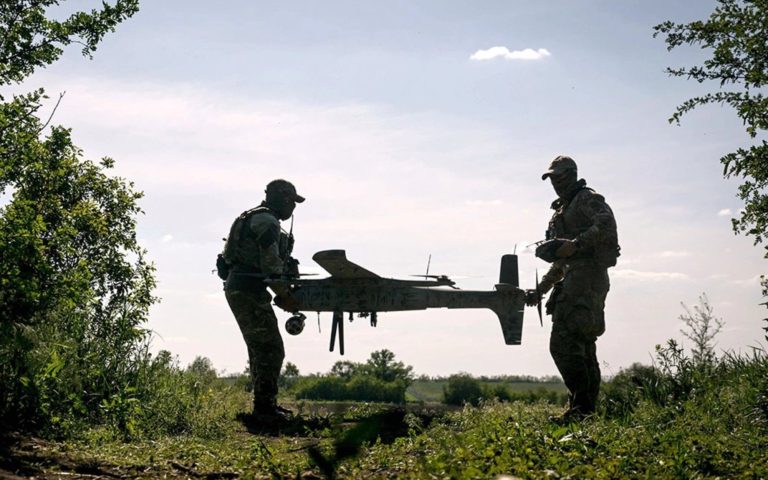
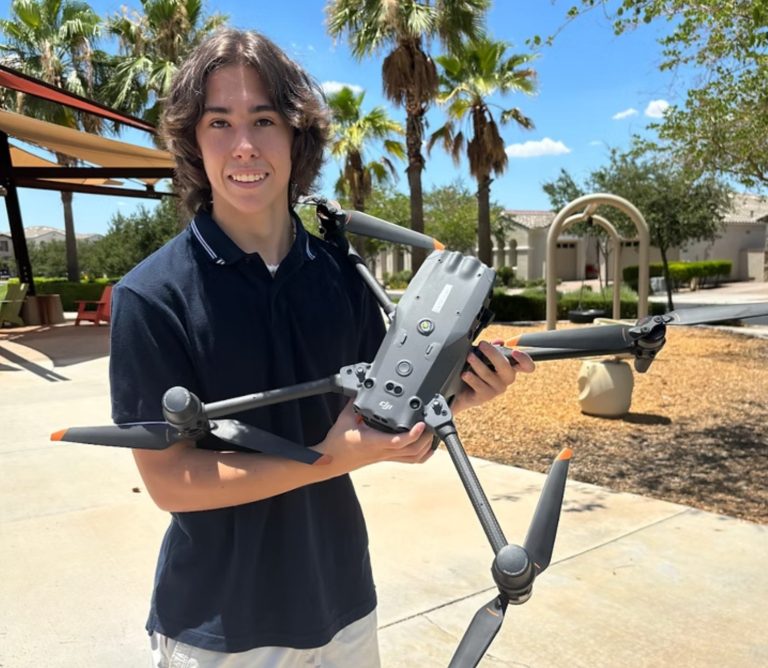
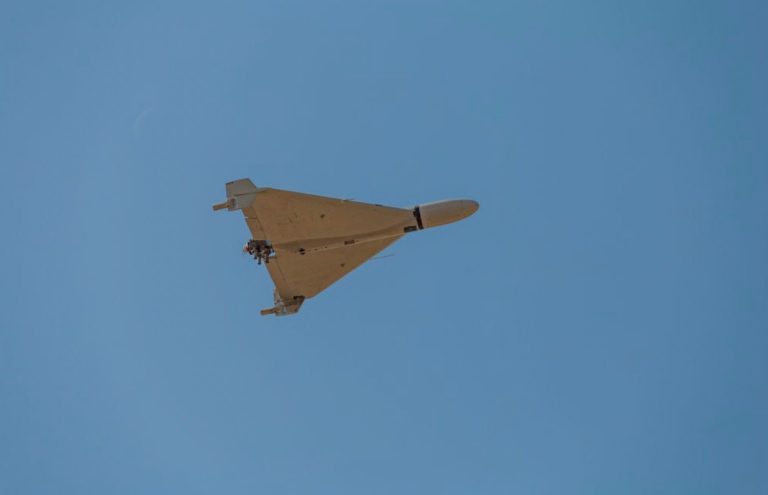


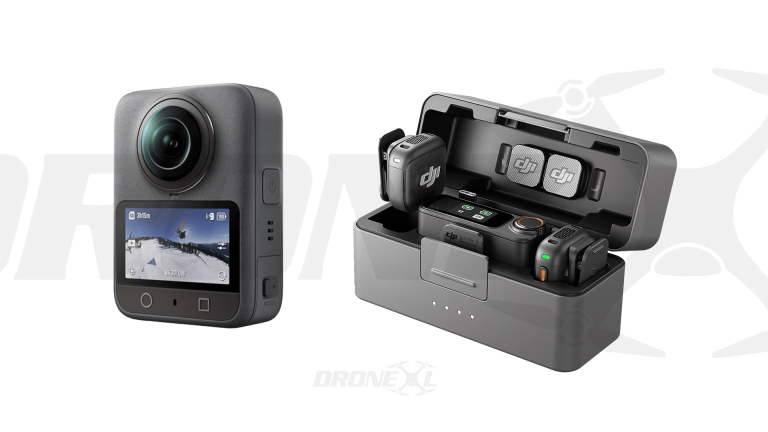
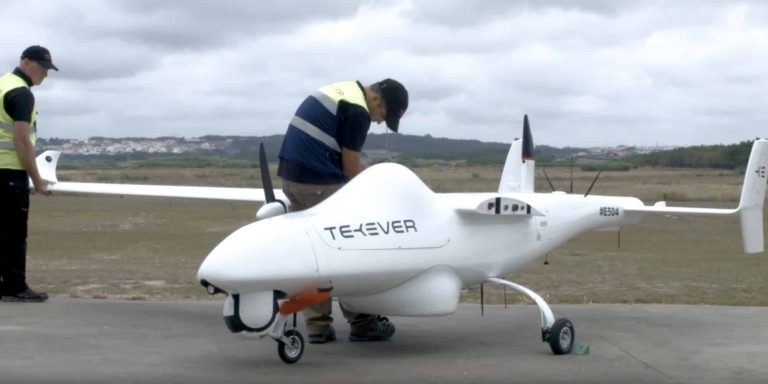
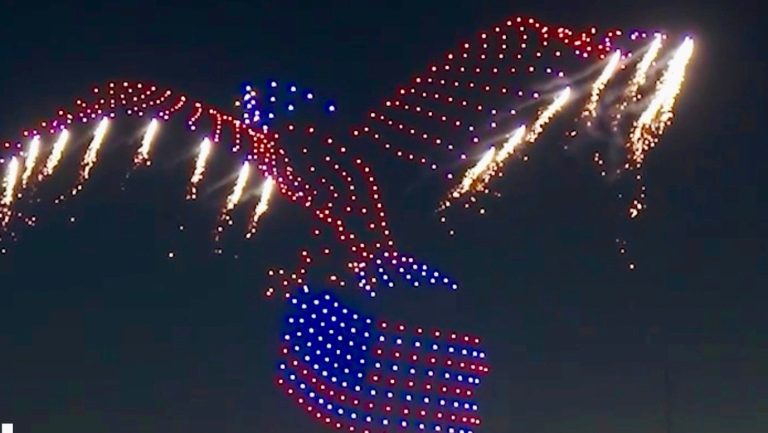


+ There are no comments
Add yours